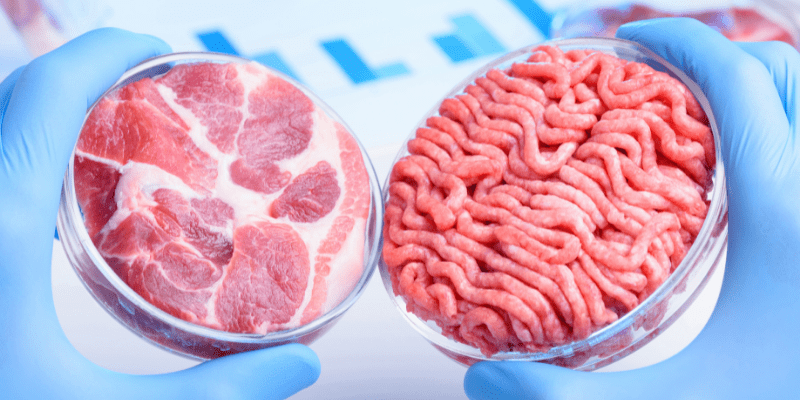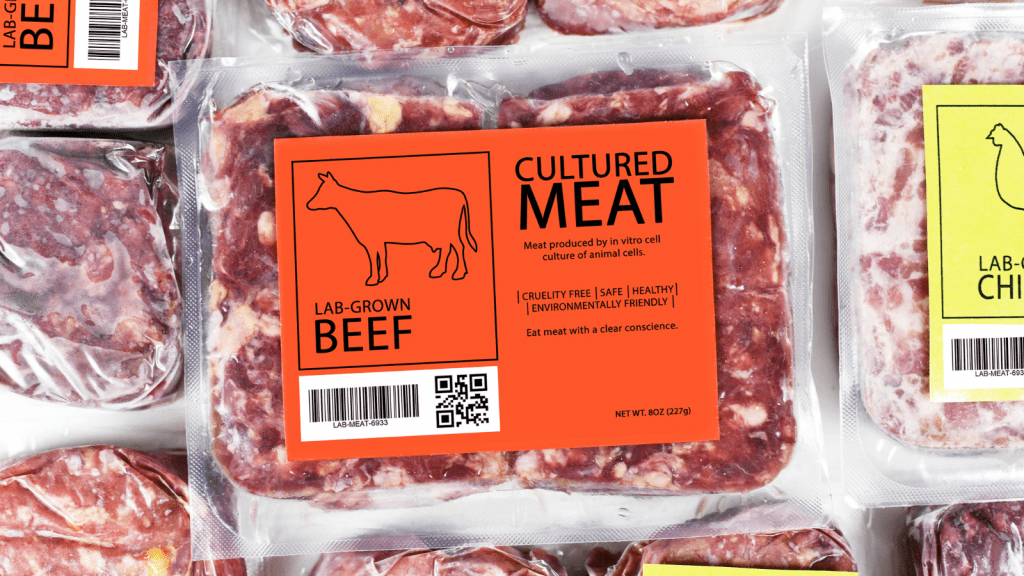
In vitro meat, the guilt-free alternative for meat lovers
By Camila Alfonso, Class of 2020.
Animal welfare, greenhouse gas emissions and health concerns. These are some of the reasons people are choosing to become vegetarian or vegan. While all these reasons have science (or ethics) to back them up, there’s some people who just can’t say no to a juicy steak or a delicious cheeseburger. What if there was a way to eat delicious meat dishes guilt-free? Soon there might be!
No animals were harmed in the making of this meat
There are now different alternatives to meat. Burger chains have included plant-based patties into their menus and supermarkets sell a variety of plant-based meat products. However, if you are anything like my meat-lover friends, you probably stay far away from those “fake meat” alternatives.
Here is where the great news come in. In vitro meat is real meat, cruelty free. How can that be? The process consists in first, taking a sample from a living animal. From this sample, scientists extract stem cells. Stem cells are able to reproduce into different types of cells.
Then they cultivate the cells in a growth medium. There are now growth mediums that use serum (extracted from animals) or synthetic substitutes (higher cost, not extracted from animals). Finally, the cells are moved to a reactor where they continue their growth and then voilà, real meat!
The end product is not perfect yet. Depending on the different research groups, the texture or flavour of the meat need more work. In addition, it is not yet commercially viable since it is very expensive to produce, and the process is still too slow.
Why even go there?
It sounds interesting and taken out of a Jetson’s episode. But why should we spend millions in research if we have real meat and other viable alternatives already in the market?
The meat industry is responsible for around 15% of global greenhouse emissions and represents 27% of the global water footprint. On top of that, the global demand for meat is growing fast. We need alternatives to supply this demand and make the industry more sustainable, and we need them fast.
As for the plant-based options, taste is definitely a negative factor for most consumers. In addition, people who eat plant-based diets need to supplement nutrients such as iron and vitamin B12 (read more here). In-vitro meat could provide these nutrients without the use of antibiotics and the risk of diseases from animals. And what is even best, with the real taste of meat!
Is there a catch?
While there is potential for emissions and water-use reductions, there are many unknowns around invitro meat. It is still uncertain how many resources the industrial level process will need and if there will be any risks for human health.
Time and further research will determine the real benefits in terms of overall greenhouse gas emissions and water use. In addition, countries will need to develop new regulations for its commercialisation. Finally, and probably the biggest challenge, consumers will have to accept it. I for one would love to try it, would you?
Additional reading
Categories

